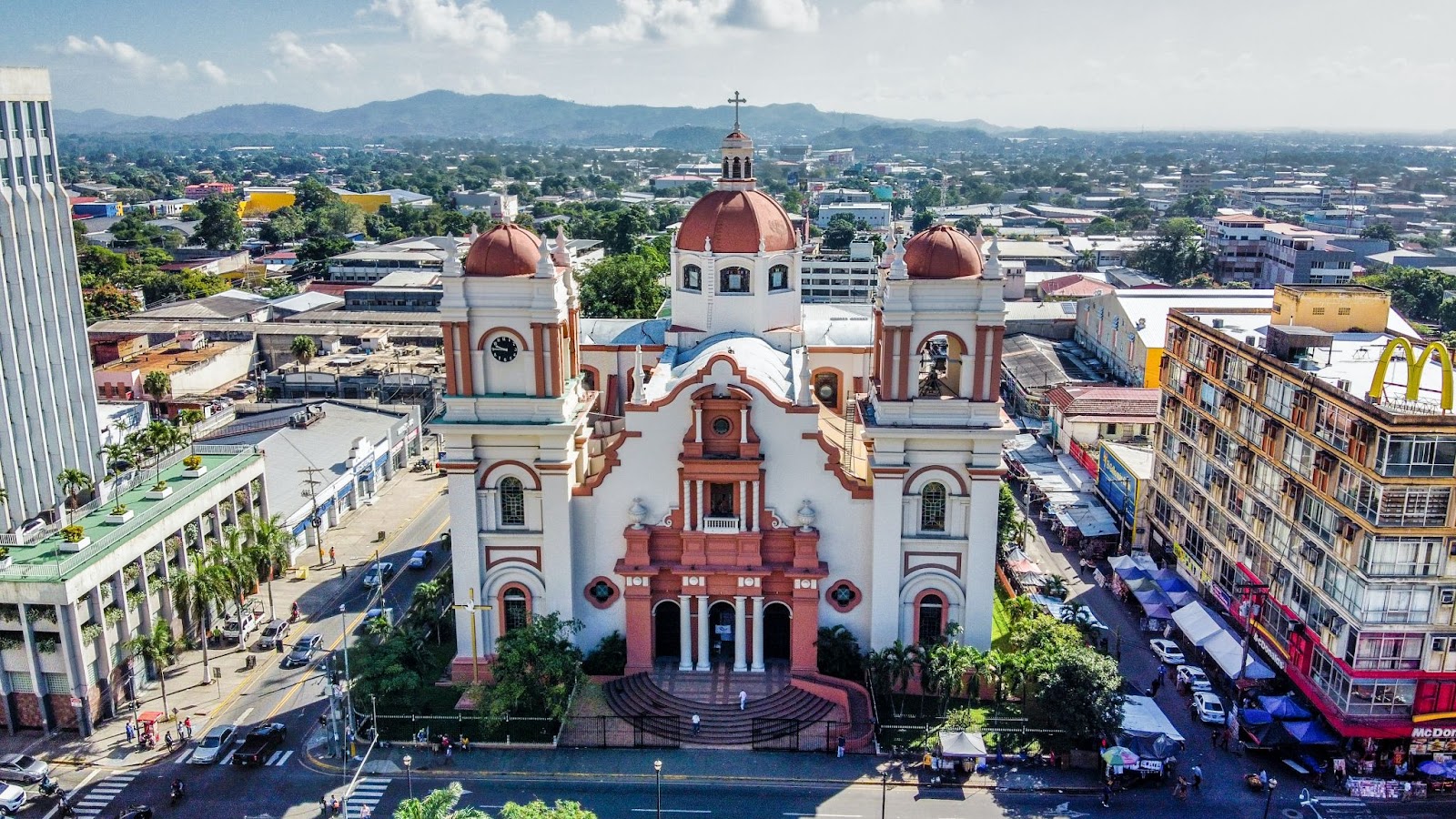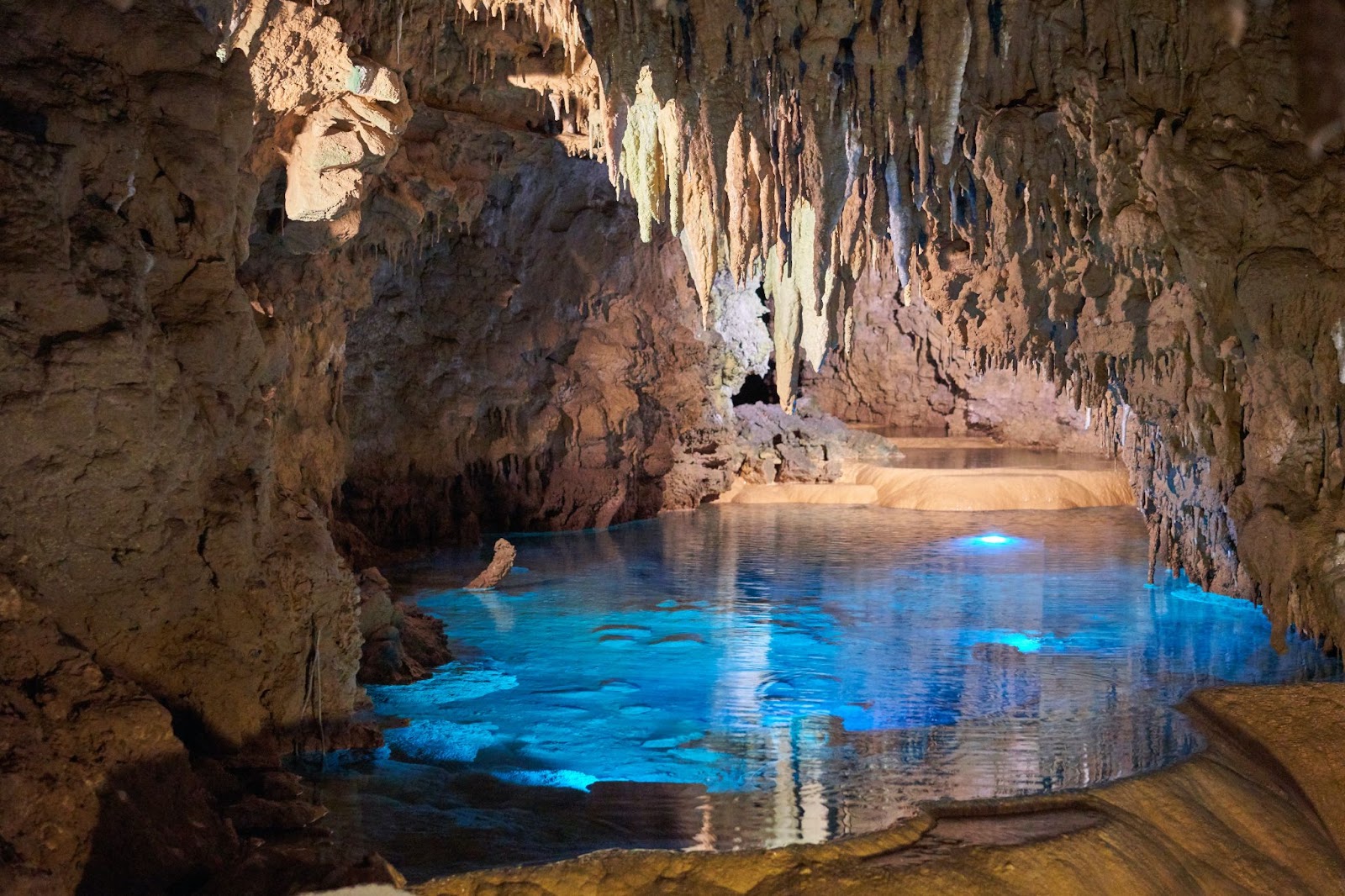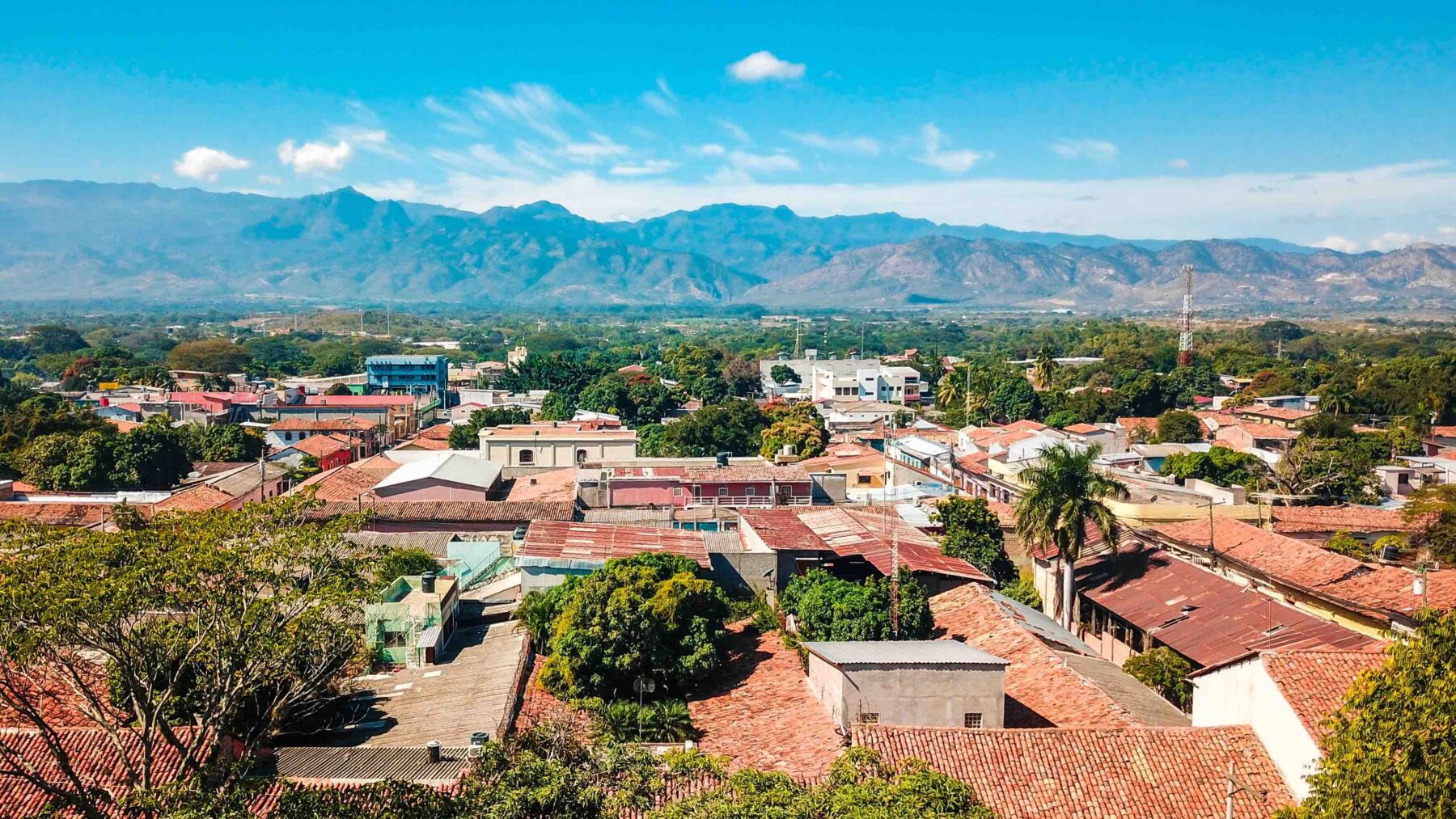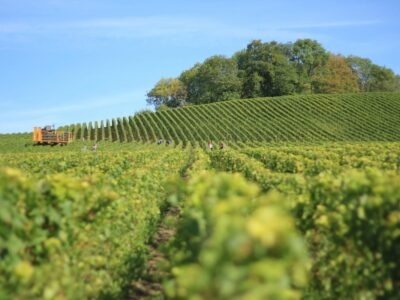Yoro is one of the 18 departments of Honduras, with a capital of the same name. Most residents live in mud-brick homes living on poverty wages of about $1 per day, as Honduras is one of Latin America’s poorest countries. Regardless, Yoro is blessed with one of the region’s most interesting phenomena: tiny silver fish rain down from the sky at least once a year – and sometimes more frequently – in what is called “Lluvia de Peces” or “Fish Rain.”
It’s no surprise to locals since fish have fallen in the area since the 1800s. Around May or June each year, after extreme storms force everyone to stay inside, the residents find hundreds of fish scattered on the streets. They rush out to collect what they consider a miracle in a country that has long adhered to Catholicism. “We see it as a blessing from God,” Lucio Pérez, a farmer from La Unión just outside of Yoro, told the New York Times in 2017.
Many locals believe that Lluvia de Peces’s origins coincide with the visit of Manuel de Jesús Subirana, a Spanish missionary of the Catholic faith. The legend says that he prayed for three days and three nights that God would provide the hungry people of Yoro with food. In response, the first fish rain arrived and has returned annually since.

Photo courtesy Héctor Emilio Gonzalez.
This is not the first documentation of so-called ‘animal rain.’ In 2005, thousands of frogs fell on Odzaci, Serbia. Clumps of worms descended upon Jennings, Louisiana, in 2007. Tadpoles rained down across Japan in 2009. Spangled perch dropped from the sky in Lajamanu, Australia, in 2010. In 2019, the Shandong Province of China saw sea critters like octopi tossed down.
Some of the same scientific explanations for those occurrences have also been proffered to explain the incidences in Yoro. When National Geographic visited Yoro in the 1970s, they discovered that the fish were blind. This led them to believe the fish dwelled in subterranean caves without access to light and had been flooded out by the force of the rain. However, no holes or other egress points connecting to such underground caverns have been found.
Another explanation considers that these fish are not local breeds and therefore hypothesizes that water spouts sucked them out of the other closest body of water – the Atlantic Ocean – and flung them down on the town.
However, there are 45 miles between Yoro and the coast, much farther than these whirlwinds can typically travel. This theory also does not explain why fish fall in the same region at the same time every year.

Photo courtesy Timo Volz.
Regardless of whether the Lluvia de Peces is caused by nature or God, it presents an incredible economic opportunity for the local community – one that was immediately recognized by a Washington, D.C.-based ad agency. Ogilvy is responsible for ad campaigns like Corona’s “Coronaless,” showing that the brand’s bottles can be returned, Volkswagen’s “The Blind Spot,” in which it demonstrated the importance of driving safely, and UN Women’s “The Autocomplete Truth” that uses Google searches to highlight the prevalence of sexism.

Photo courtesy Ogilvy.
The agency teamed up with the department of Yoro and Regal Springs, one of its clients and Central America’s primary producer of sustainably farmed tilapia, to turn these tiny fish into a “gourmet and exclusive” product, Heaven Fish. Regal Springs’ dedication to the Blue Food Movement and the health of the marine environments of Honduras, Mexico, and Indonesia, as well as its list of well-known customers, including Costco, Publix, Sysco, Wegmens, and Target, made it an obvious choice for such a collaboration.
After the fish-laden rains, the 25 percent of Yoro’s residents who have thus far signed contracts with Regal Springs pull out their nets to begin collection. They are compensated on a per-fish basis, with different prices per species, but at an average of about $6 per pound. This work provides their families with an additional income stream, and Ogilvy claims it has increased their daily wages by up to 400 percent. This seasonal product may not be around all year, but it can be relied upon to consistently return with the spring and summer storms, which certainly makes a difference for these Hondurans. 80 percent of the revenue from Heaven Fish goes back to the residents of Yoro.
The people of Yoro take the fish to Regal Springs’ local centers to be cleaned, and they are then sent to major hubs to be processed and packaged sustainably.
The packaging is made with banana peels and comes in a blue and white box featuring a fish logo with a halo that harkens back to the Christianity surrounding the origin story. After packaging, each fish is given a protected designation of origin, meaning the Yoro residents have the exclusive right to sell the product. It allows them to charge a premium price for their rarity and unique background.
Heaven Fish are then shipped around Honduras. More than 80 public markets sell Heaven Fish direct-to-consumer, and this year more than 90 restaurants also bought the product to serve their customers, ranging from fancy locales to chains such as TGI Friday’s.
Beyond the economic opportunity, Lluvia de Peces has also been a source of pride for the residents of Yoro. Before the dawn of Heaven Fish, it provided a community that subsisted on corn and beans with access to seafood. “People who are least able to eat fish can now eat fish,” Audelia Hernández Gonzalez, a pastor in La Unión, told the New York Times. The way they get these fish is an even more significant talking point: “For us, it’s a source of pride. When we identify ourselves, we say, ‘I’m from the fish rain place,’” resident Luis Antonio Varela Murillo added. An annual festival rings in the first big rain, featuring a carnival, a parade, and a pageant, the winner of which becomes “Senorita Lluvia de Peces” – Miss Fish Rain – and dresses up as a mermaid to ride through town on a float. It is clear that this community has much to celebrate, and it shows.





